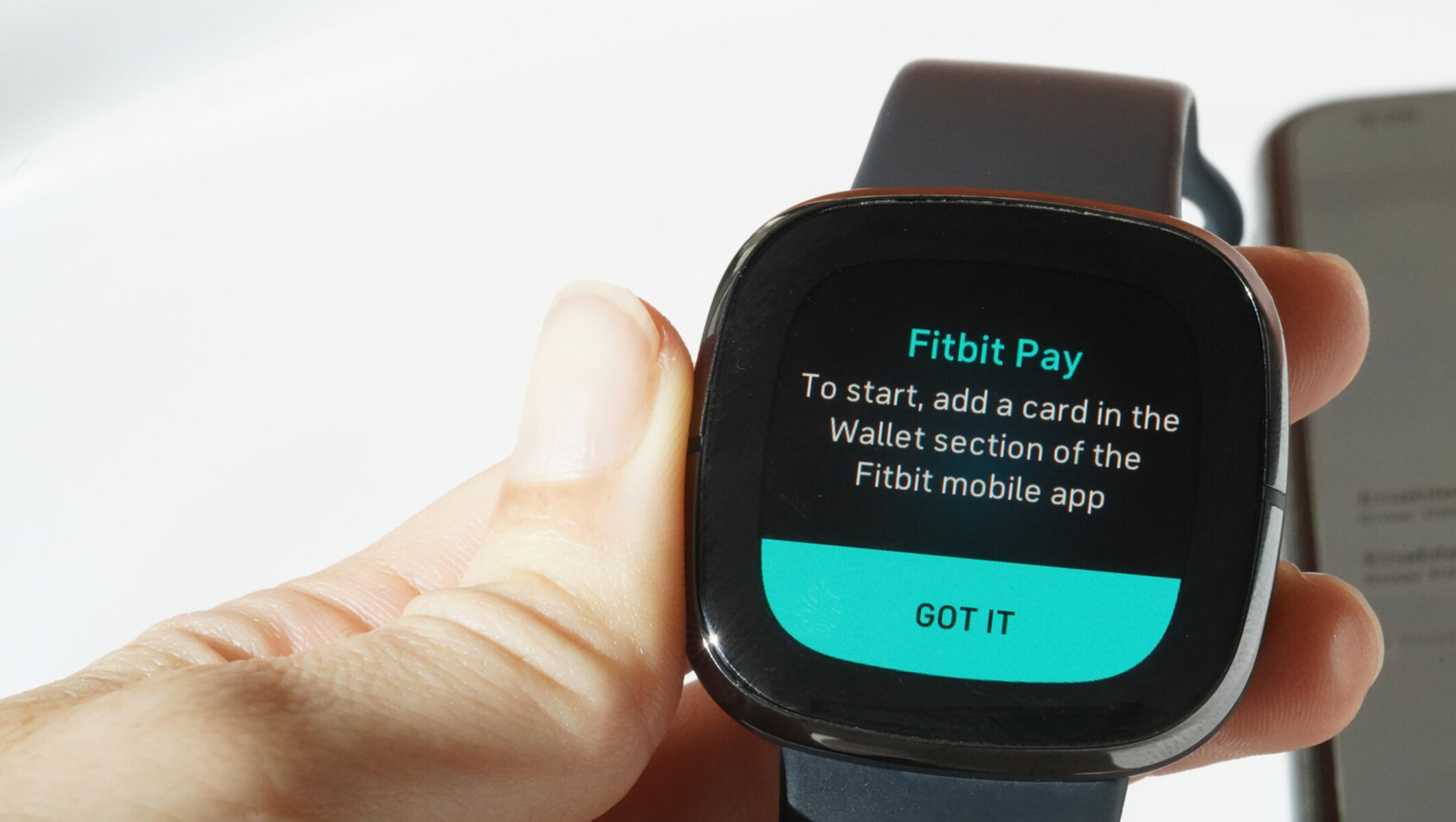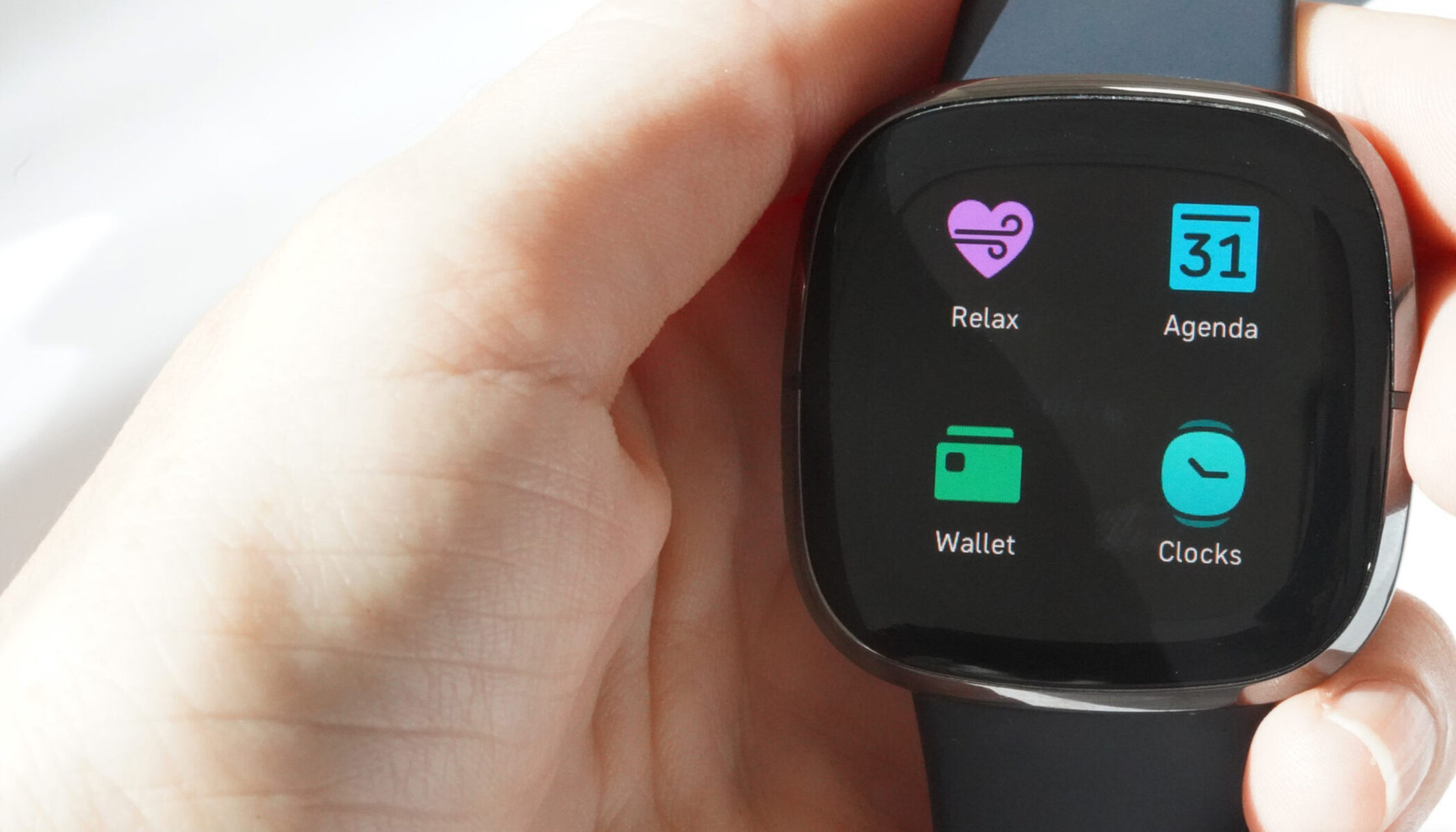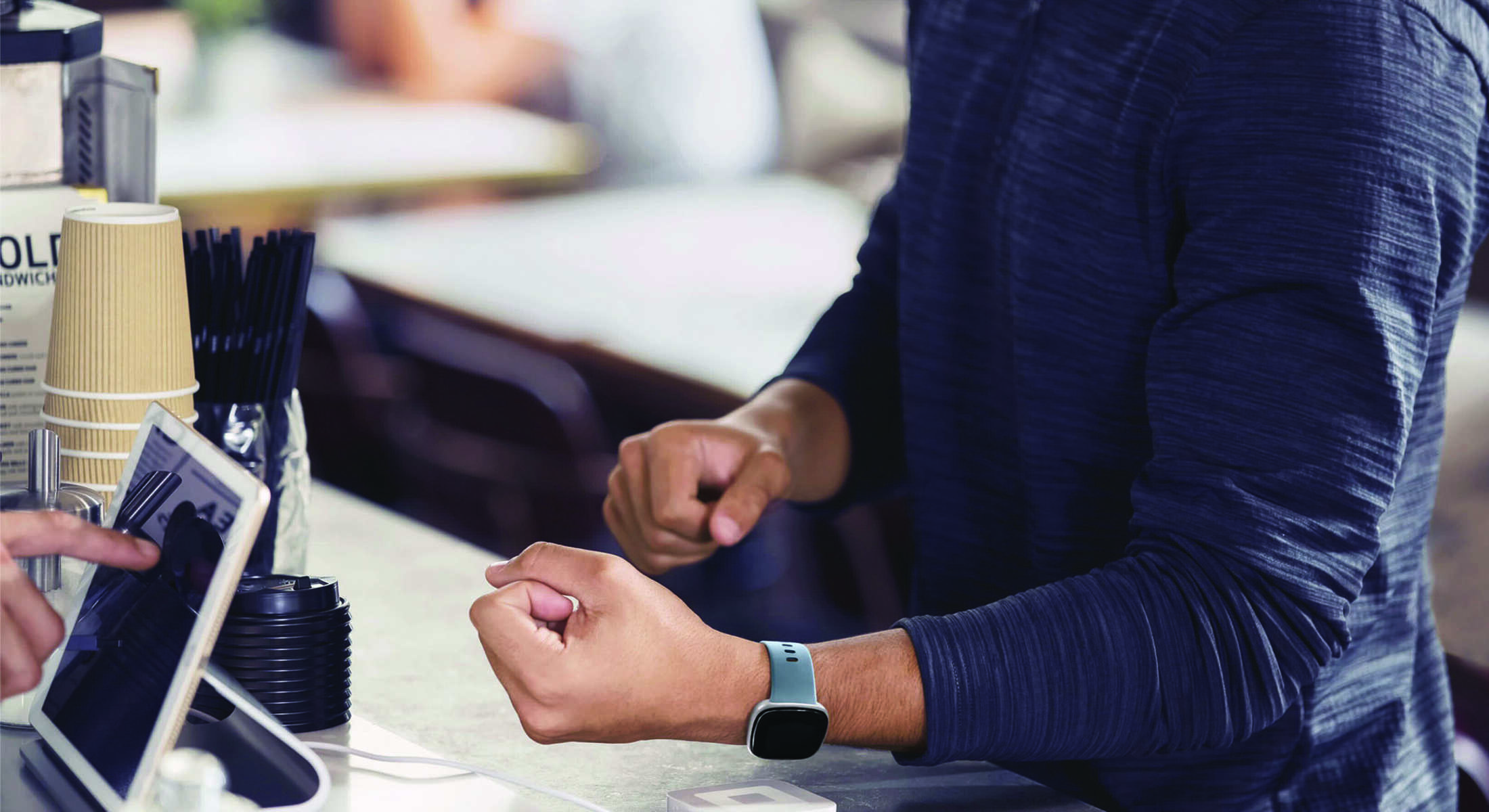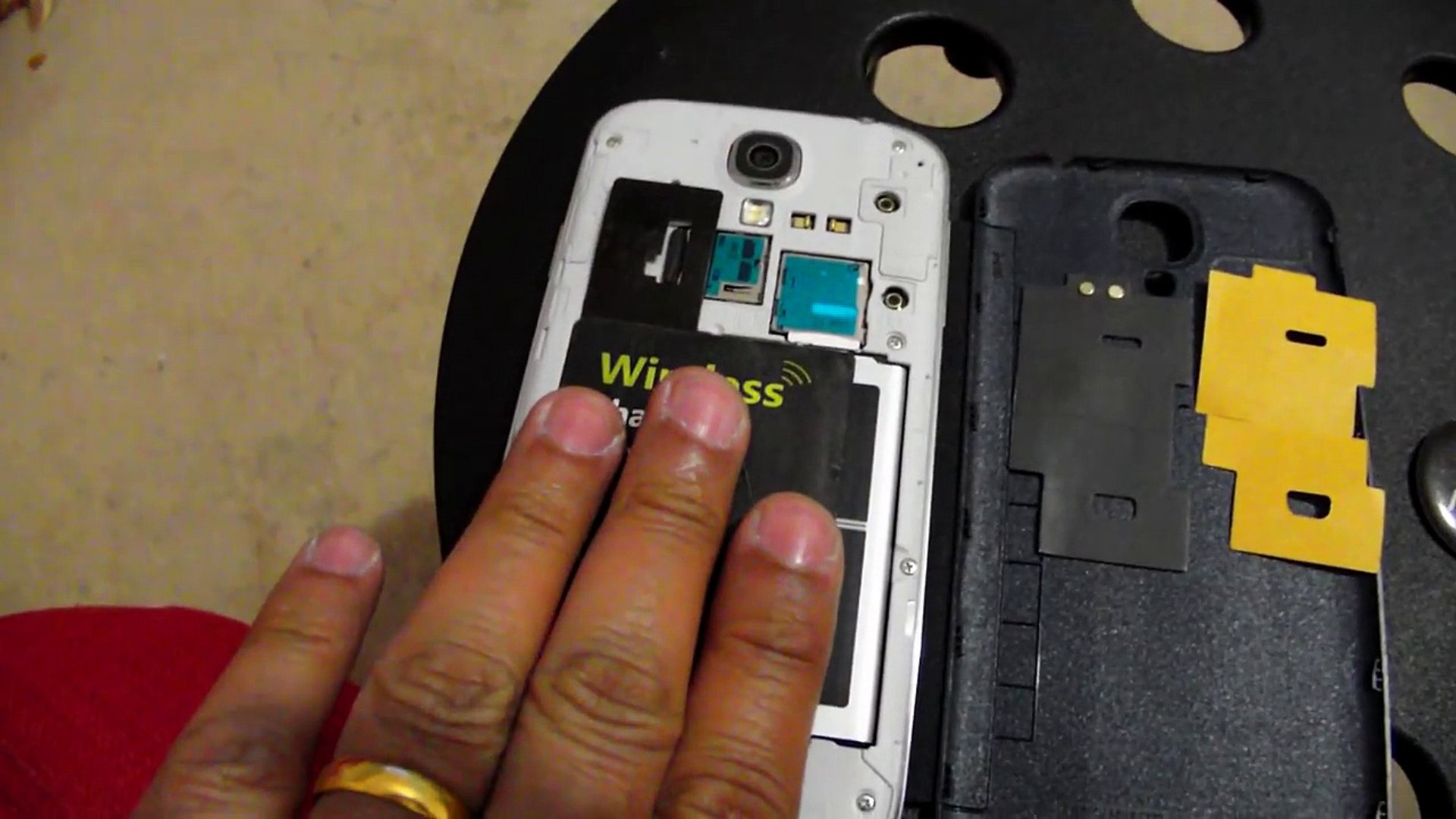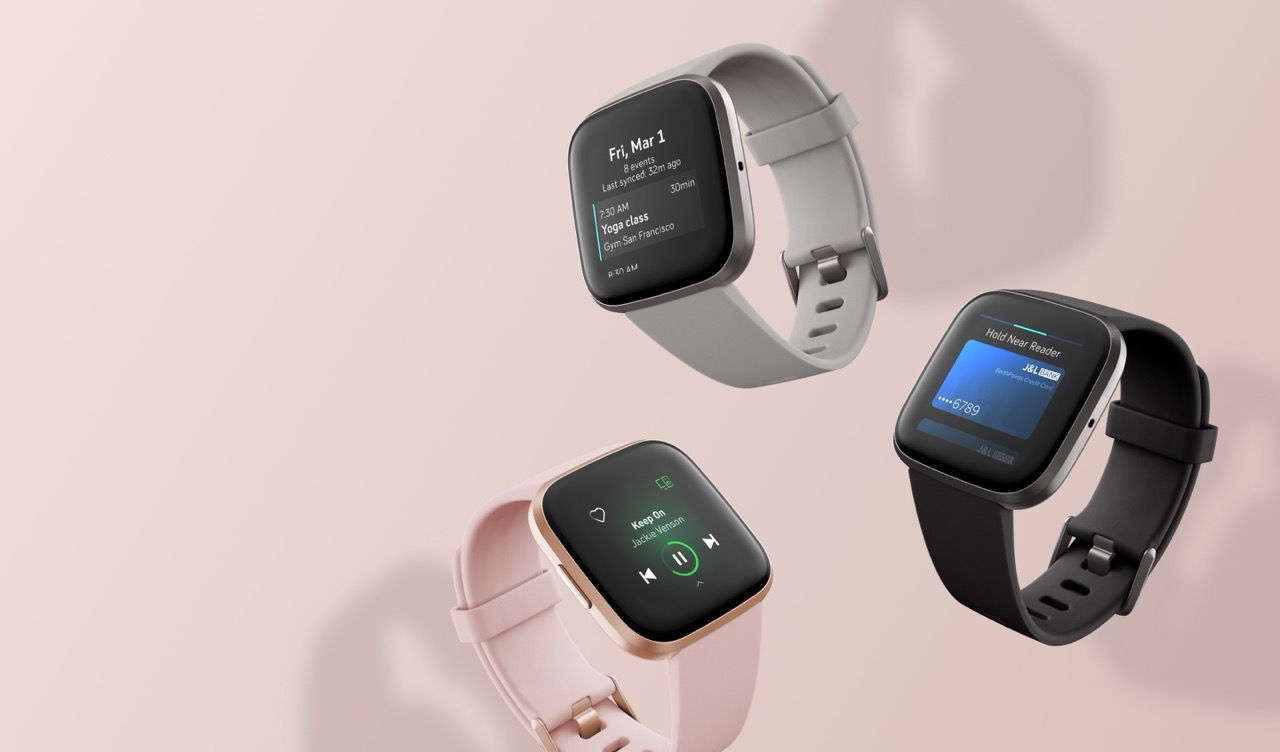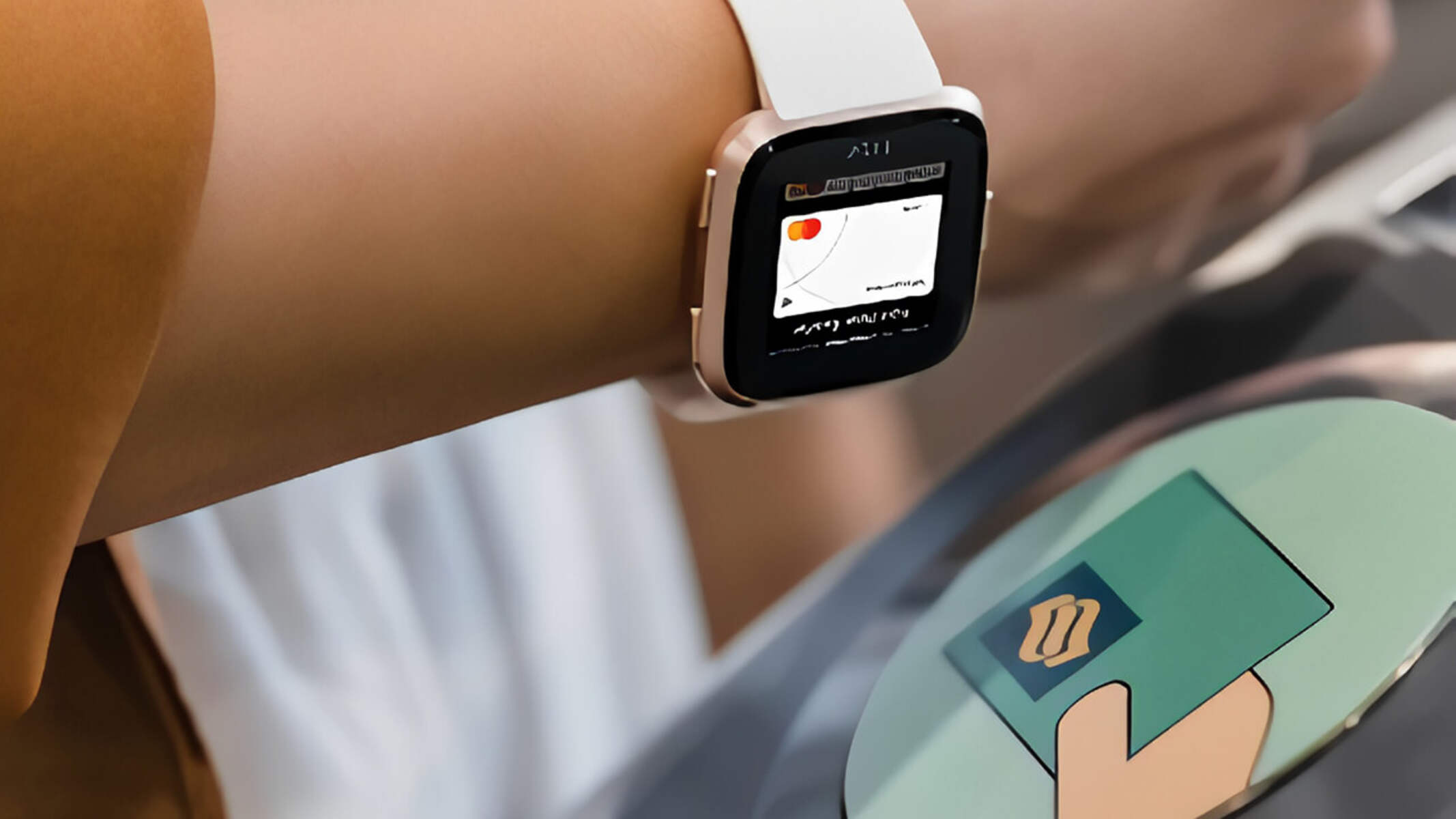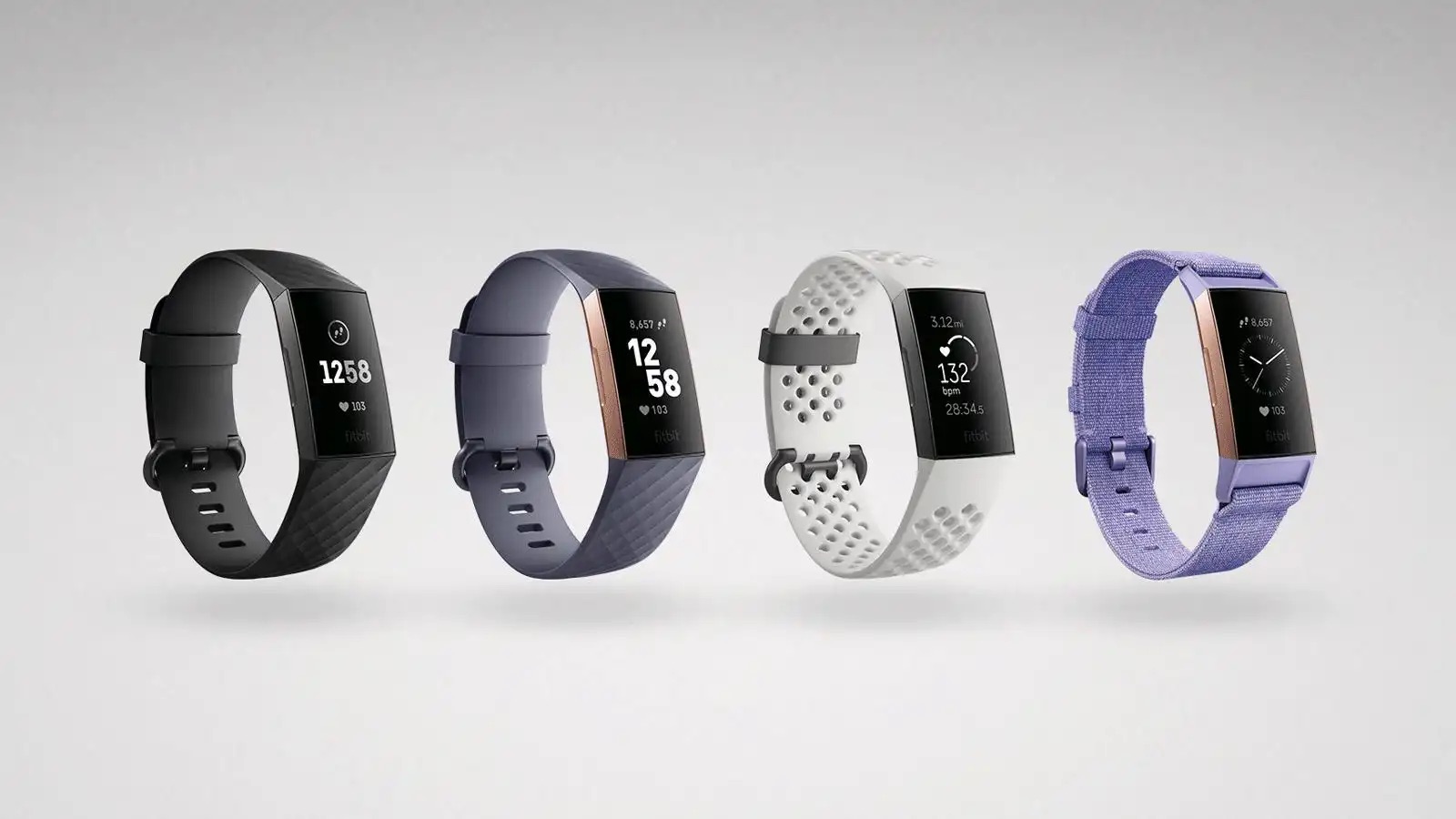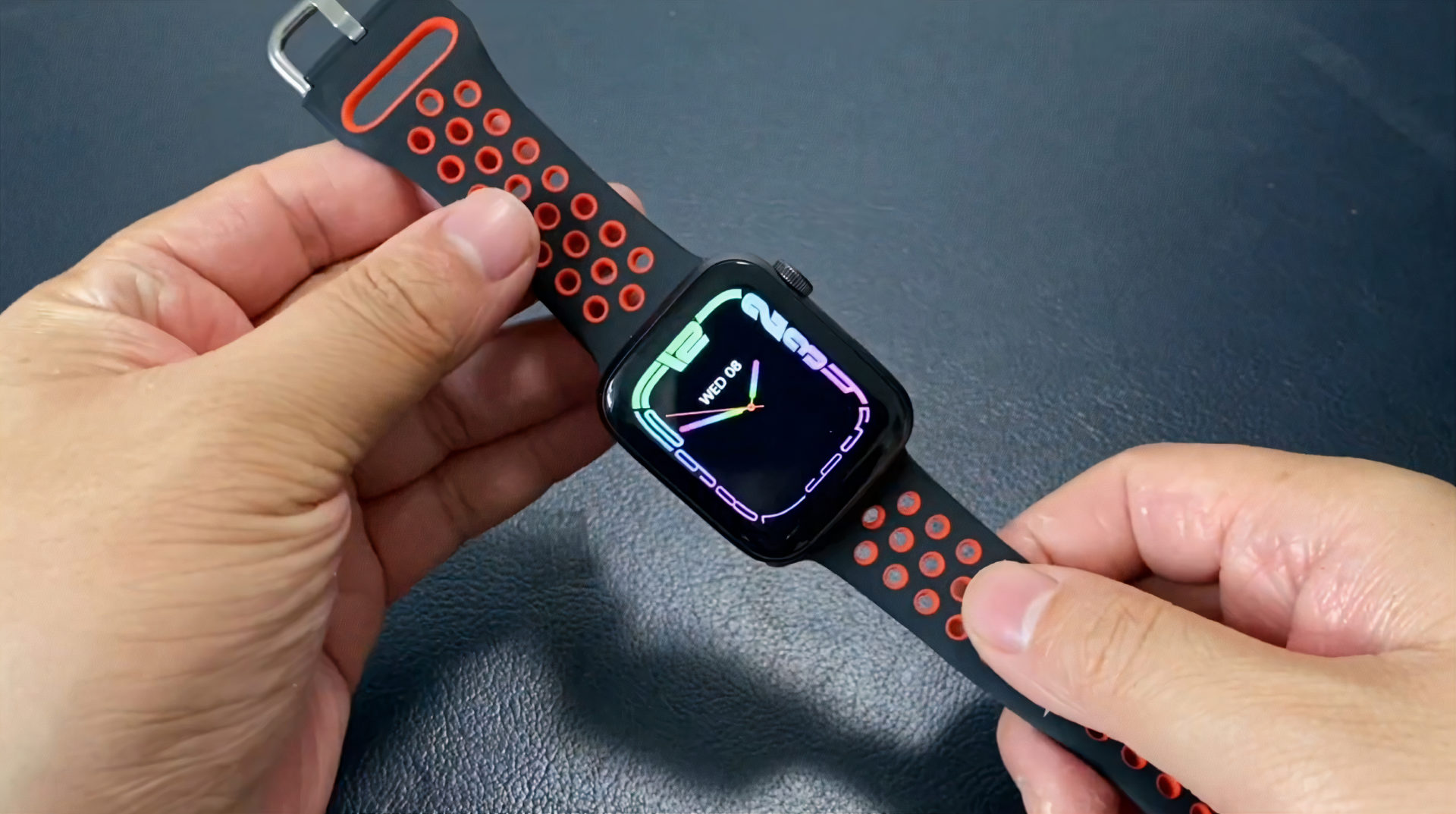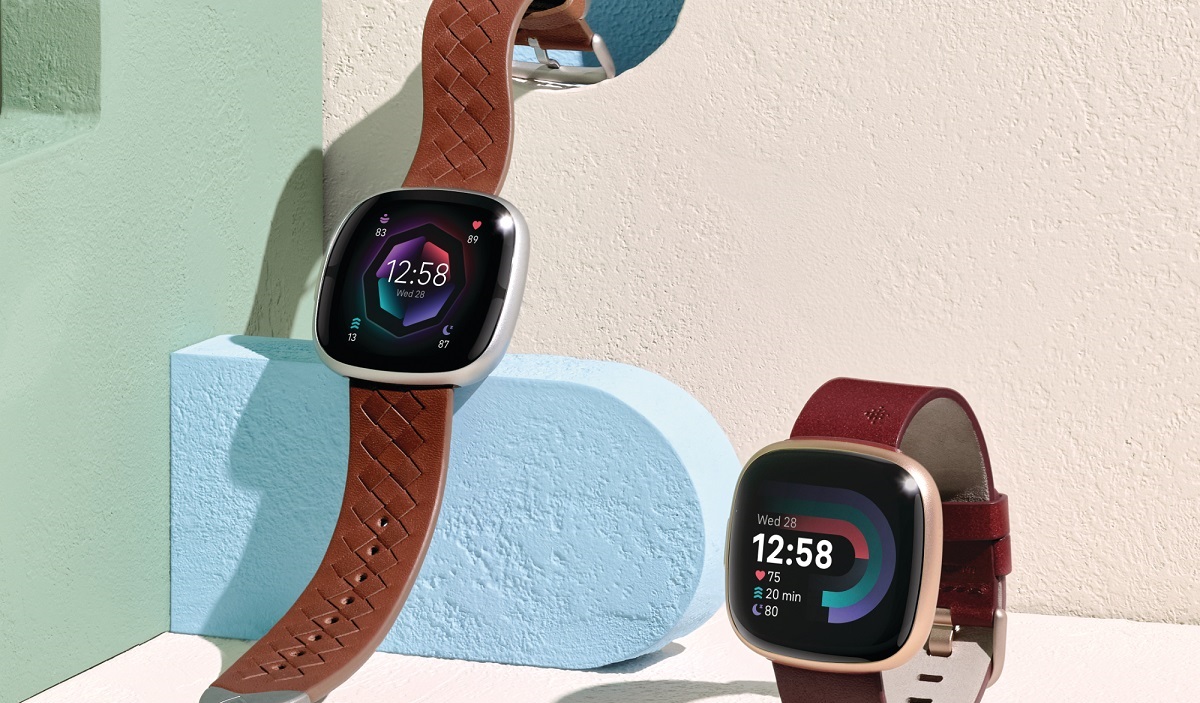Introduction
Wearable technology has revolutionized the way we approach fitness, health, and even daily activities. Among the myriad of features offered by wearable devices, the integration of mobile payment solutions has significantly transformed the convenience and efficiency of transactions. Fitbit, a leading name in the wearable technology industry, has introduced Fitbit Pay, a seamless and secure payment method that allows users to make purchases with just a tap of their wrists.
Fitbit Pay is designed to cater to the modern consumer's need for convenience and efficiency. By leveraging the technology embedded in Fitbit smartwatches and fitness trackers, users can enjoy the freedom of leaving their wallets behind and embracing a more streamlined approach to payments. Whether it's grabbing a post-workout smoothie, purchasing groceries, or paying for public transportation, Fitbit Pay offers a swift and contactless payment experience.
The integration of Fitbit Pay into the Fitbit ecosystem underscores the brand's commitment to enhancing the overall user experience. It aligns with the ethos of simplifying everyday tasks and empowering users to seamlessly merge their active lifestyles with the practicalities of modern living. With Fitbit Pay, the transition from a workout session to running errands becomes remarkably fluid and uninterrupted.
In this digital age, where time is of the essence and multitasking is the norm, the introduction of Fitbit Pay serves as a testament to the continuous evolution of wearable technology. It not only exemplifies the convergence of fitness, connectivity, and convenience but also underscores the adaptability of wearable devices in catering to the diverse needs of consumers.
As we delve into the intricacies of Fitbit Pay, it becomes evident that the fusion of fitness tracking and contactless payments represents a significant milestone in the realm of wearable technology. This article aims to provide an in-depth exploration of Fitbit Pay, offering insights into its functionality, setup process, transaction methods, security measures, and the overall impact on the user experience. Let's embark on a journey to unravel the seamless synergy between fitness and finance within the realm of wearable technology.
What is Fitbit Pay?
Fitbit Pay is a cutting-edge mobile payment solution integrated into select Fitbit smartwatches and fitness trackers. It allows users to make secure and convenient contactless payments directly from their wearable devices. This feature eliminates the need to carry physical wallets or smartphones, offering a seamless and efficient way to complete transactions on the go.
Fitbit Pay leverages Near Field Communication (NFC) technology, enabling users to simply tap their Fitbit device on compatible payment terminals to complete purchases. This streamlined process is designed to enhance the overall user experience, especially for individuals leading active lifestyles who may prefer not to carry additional items during workouts or outdoor activities.
The convenience of Fitbit Pay extends beyond traditional retail transactions. Users can also utilize this feature for public transportation payments, making it an ideal companion for urban commuters and travelers. The versatility and adaptability of Fitbit Pay make it a valuable addition to the suite of functionalities offered by Fitbit devices.
Moreover, Fitbit Pay prioritizes security and privacy, employing multiple layers of protection to safeguard users' financial information. Each transaction is authenticated with a unique token, ensuring that sensitive data is not exposed during the payment process. Additionally, users can set up a personal identification number (PIN) for an added layer of security, further enhancing the safety of their transactions.
Fitbit Pay is compatible with a wide range of major credit and debit cards from various banks and financial institutions, providing users with flexibility and convenience when it comes to managing their payment methods. The seamless integration of Fitbit Pay into the Fitbit ecosystem reflects the brand's commitment to delivering innovative solutions that cater to the evolving needs of consumers in an increasingly digital world.
In essence, Fitbit Pay represents a convergence of cutting-edge technology and practical utility, seamlessly integrating financial transactions into the everyday activities of Fitbit users. This intuitive and secure mobile payment solution embodies the brand's dedication to enhancing the overall user experience, empowering individuals to embrace a more streamlined approach to managing their finances through the convenience of wearable technology.
How to Set Up Fitbit Pay
Setting up Fitbit Pay on your compatible Fitbit device is a straightforward process that seamlessly integrates this convenient payment solution into your active lifestyle. Follow these simple steps to get started with Fitbit Pay:
-
Check Compatibility: Ensure that your Fitbit device is compatible with Fitbit Pay. Currently, Fitbit Pay is supported on select Fitbit smartwatches and fitness trackers, including the Fitbit Versa series, Fitbit Ionic, and Fitbit Charge 4. Verify the compatibility of your device by referring to the official Fitbit website or the Fitbit mobile app.
-
Add Payment Cards: Open the Fitbit app on your smartphone and navigate to the "Today" tab. Select your profile picture and then tap on the "Fitbit Pay" option. Follow the on-screen instructions to add your credit or debit cards from participating banks. Fitbit Pay supports a wide range of major card issuers, allowing you to seamlessly link your preferred payment methods to your Fitbit device.
-
Set Up Security Features: As part of the setup process, you will be prompted to create a personal identification number (PIN) to secure your Fitbit Pay transactions. This additional layer of security ensures that only authorized users can initiate payments using the linked cards. It is imperative to choose a PIN that is easy for you to remember yet difficult for others to guess, enhancing the overall safety of your transactions.
-
Sync Your Device: Once you have added your payment cards and set up the security features, ensure that your Fitbit device is synced with the Fitbit app on your smartphone. This synchronization is essential to ensure that the added payment cards and security settings are seamlessly transferred to your Fitbit device, enabling you to make secure and convenient payments using Fitbit Pay.
-
Start Using Fitbit Pay: With the setup process complete, you are now ready to start using Fitbit Pay for contactless transactions. Simply access the Fitbit Pay feature on your device, select the desired payment card, and hold your Fitbit device near a compatible payment terminal to initiate the transaction. The seamless integration of Fitbit Pay into your daily routine empowers you to make purchases effortlessly, whether you're at a retail store, commuting, or engaging in outdoor activities.
By following these steps, you can seamlessly integrate Fitbit Pay into your active lifestyle, embracing the convenience of contactless payments directly from your compatible Fitbit device. This intuitive setup process reflects Fitbit's commitment to delivering user-centric solutions that enhance the overall experience of wearable technology users.
Making Transactions with Fitbit Pay
Making transactions with Fitbit Pay is a seamless and efficient process that aligns with the modern consumer's need for convenience and security. Once you have set up Fitbit Pay on your compatible device and added your preferred payment cards, you can effortlessly initiate transactions at various retail outlets, public transportation facilities, and other contactless payment terminals.
To make a payment using Fitbit Pay, simply follow these steps:
-
Access Fitbit Pay: On your compatible Fitbit device, navigate to the Fitbit Pay feature. Depending on the model of your device, this may involve pressing a dedicated button or accessing the payment feature through the device's menu.
-
Select the Payment Card: Once you have accessed Fitbit Pay, choose the payment card you wish to use for the transaction. If you have multiple cards linked to Fitbit Pay, you can select the appropriate card based on your preference or the nature of the purchase.
-
Initiate the Transaction: Hold your Fitbit device near the contactless payment terminal at the checkout counter. Ensure that the device's screen is facing the terminal and wait for a moment as the transaction is processed. In most cases, a subtle vibration or visual confirmation on your device will indicate that the payment has been successfully completed.
-
Confirmation and Receipt: Upon successful completion of the transaction, you may receive a confirmation on your Fitbit device, indicating that the payment was processed. Depending on the merchant's setup, you may also receive a digital receipt directly on your device, offering a convenient way to track your transactions.
The entire process of making a transaction with Fitbit Pay is designed to be swift, secure, and intuitive. By leveraging Near Field Communication (NFC) technology, Fitbit Pay ensures that your payment information is transmitted securely to the payment terminal, minimizing the risk of unauthorized access to your financial data.
Moreover, the seamless integration of Fitbit Pay with your active lifestyle means that you can make transactions effortlessly, whether you're at the gym, out for a run, or simply running errands. The freedom of leaving your wallet or smartphone behind and relying on the convenience of your Fitbit device for payments exemplifies the practicality and adaptability of wearable technology in modern-day scenarios.
In essence, making transactions with Fitbit Pay transcends the traditional boundaries of payment methods, offering a contactless and secure way to manage your finances on the go. This intuitive payment solution seamlessly aligns with the ethos of Fitbit's commitment to enhancing the overall user experience, empowering individuals to embrace a more streamlined approach to managing their transactions through the convenience of wearable technology.
Security and Privacy Concerns
Ensuring the security and privacy of financial transactions is paramount in the realm of mobile payments, and Fitbit Pay addresses these concerns with a robust set of measures designed to safeguard users' sensitive information.
Tokenization for Enhanced Security
Fitbit Pay employs tokenization, a cutting-edge security feature that replaces sensitive card details with a unique digital token during the transaction process. This token serves as a surrogate value, ensuring that the actual card information is not transmitted or stored on the Fitbit device or the payment terminal. As a result, even if intercepted, the tokenized data is of no use to potential unauthorized entities, significantly reducing the risk of fraud or data compromise.
Personal Identification Number (PIN) Protection
To further fortify the security of Fitbit Pay transactions, users are prompted to set up a personal identification number (PIN) during the setup process. This PIN acts as an additional layer of authentication, ensuring that only authorized users can initiate payments using the linked payment cards. By requiring the entry of a PIN for each transaction, Fitbit Pay enhances the overall security posture, mitigating the risk of unauthorized usage in the event of device loss or theft.
Device-Level Security
Fitbit devices equipped with Fitbit Pay feature robust security measures at the device level, including encryption protocols and secure hardware elements. These safeguards are designed to protect the integrity of payment data stored on the device, minimizing the likelihood of unauthorized access or tampering. By leveraging advanced encryption standards and secure storage mechanisms, Fitbit Pay upholds the confidentiality and integrity of users' payment information, instilling confidence in the security of the overall payment ecosystem.
Privacy and Data Protection
Fitbit Pay adheres to stringent privacy and data protection standards, ensuring that users' personal and financial information is handled with the utmost care and compliance. The brand's commitment to privacy encompasses transparent data practices, secure data transmission, and adherence to regulatory guidelines, fostering a trustworthy environment for users to engage in mobile payments without compromising their privacy.
In essence, Fitbit Pay's comprehensive security and privacy framework underscores the brand's dedication to delivering a secure and reliable mobile payment solution. By integrating advanced security technologies, stringent authentication measures, and privacy-focused practices, Fitbit Pay empowers users to embrace the convenience of contactless payments without sacrificing the integrity of their financial data.
Conclusion
In conclusion, the integration of Fitbit Pay into the realm of wearable technology represents a significant leap forward in enhancing the overall user experience, seamlessly merging the realms of fitness and finance. The convenience, security, and adaptability offered by Fitbit Pay underscore its transformative impact on the way individuals manage their transactions in an increasingly digital-centric world.
Fitbit Pay's seamless setup process and intuitive transaction methods empower users to embrace a more streamlined approach to making payments, eliminating the need to carry physical wallets or smartphones. This level of convenience is particularly valuable for individuals leading active lifestyles, as it allows for uninterrupted transitions from fitness activities to daily tasks without the encumbrance of traditional payment methods.
The robust security measures embedded within Fitbit Pay, including tokenization, personal identification number (PIN) protection, and device-level security, instill confidence in the integrity of the payment ecosystem. These advanced security features are pivotal in fostering trust and reliability, addressing the paramount concerns surrounding the privacy and protection of financial data in mobile payment solutions.
Furthermore, Fitbit Pay's compatibility with a wide range of major credit and debit cards from various financial institutions enhances its accessibility and convenience, catering to the diverse preferences and banking affiliations of users. This flexibility underscores Fitbit's commitment to delivering inclusive and user-centric solutions that resonate with a broad spectrum of consumers.
The seamless integration of Fitbit Pay with the broader Fitbit ecosystem exemplifies the brand's dedication to innovation and user empowerment. By bridging the gap between fitness tracking and contactless payments, Fitbit Pay embodies the brand's ethos of enhancing the overall well-being and convenience of its users, transcending the traditional boundaries of wearable technology.
As wearable technology continues to evolve, the convergence of fitness, connectivity, and financial management through solutions like Fitbit Pay reflects the dynamic adaptability of wearable devices in meeting the multifaceted needs of modern consumers. The fusion of practical utility and technological innovation within the realm of wearable technology is emblematic of the ongoing transformation of everyday experiences.
In essence, Fitbit Pay not only streamlines the payment process but also symbolizes the seamless synergy between active lifestyles and modern-day financial management. Its impact extends beyond transactions, embodying the ethos of simplifying and enhancing everyday tasks, ultimately empowering users to navigate their daily lives with greater ease and efficiency.







